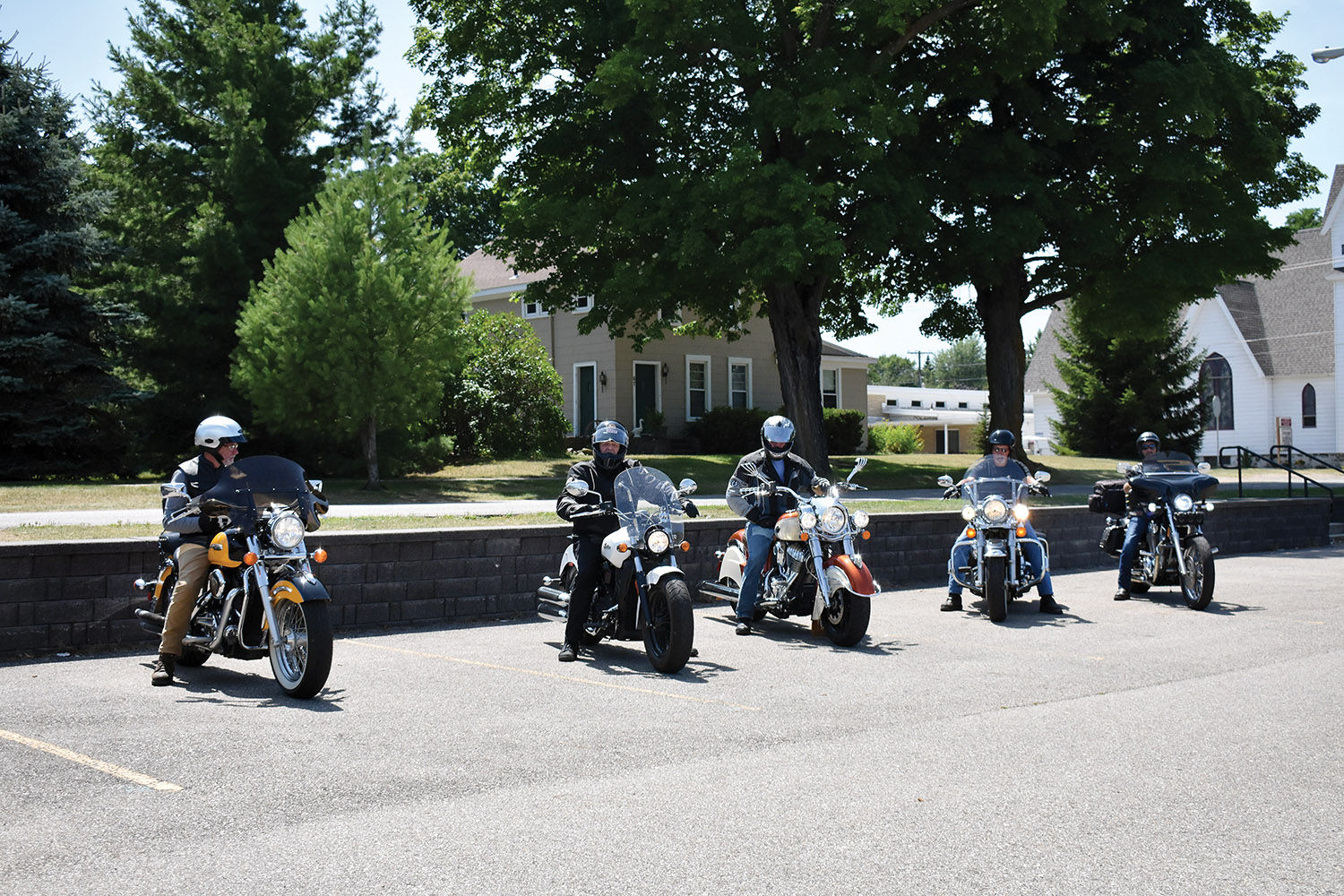City Escape: Bay City, Michigan

This route’s northern section—from Port Austin to Bay Port—offers a twisting road (Hwy 25) along the Lake Huron shore. The eastern stretch of 25 from Forestville to Grindstone City pulls back from the Lake Huron beaches in some sections of the route, but the area offers interesting lighthouses, historical museums, and monuments to explore.
Length
Approximately 215 miles
Meetup Spot
Marathon Gas, 2024 Center Ave, Bay City, MI
Lunch Stop
The Landing Tavern in downtown Port Austin is the “Home of the Angus Burger.” Find it at 8724 Lake St, Port Austin, MI, (989) 738-9750.
Scenery (5 out of 5)
The scenery changes every few miles on this ride, from unspoiled wilderness on Wild Fowl Bay near Sebewaing to scenic sand beaches and harbors along the Port Austin section and then to miles of farm fields and tractor dealers on every corner near Caro and Cass City on the southern portion of the route.
Difficulty (2 out of 5)
The route is on the easier side. Any motorcycle will do, although comfort will be more important than a bike’s maximum lean angle.
Road conditions (4 out of 5)
Almost all roads are in good condition, with only a few tar snakes and some trenched pavement on Hwy 53.
Points of Interest
Sanilac Petroglyphs Historic State Park
This park features walking trails that lead back to ancient petroglyphs. The sandstone carvings of animals, hunters, and birds are believed to be at least 1,000 years old and were the work of tribal groups that roamed Michigan’s thumb region.
Lighthouse Festival
On the third weekend of September, all lighthouses on the Lake Huron side of the Michigan thumb are open for visitors to explore. The lights at Harbor Beach and Port Austin are reached by boat, and the Point aux Barques Lighthouse at Port Hope and the Port Sanilac Lighthouse can be reached by vehicle. The Harbor Beach, Port Hope, and Port Sanilac lighthouses also are open various days during the summer.
Grindstone City Historic District
The town of Grindstone City was listed on the National Register of Historic Places in 1971. For about 100 years, beginning in the 1830s, Grindstone City supplied the world with sharpening tools made from stone mined in the area. The invention of artificial carborundum in the 1920s replaced natural stone as a sharpening tool and ended the industry at Grindstone City. A museum and a display of large grindstones on the beach detail the history of this industry.